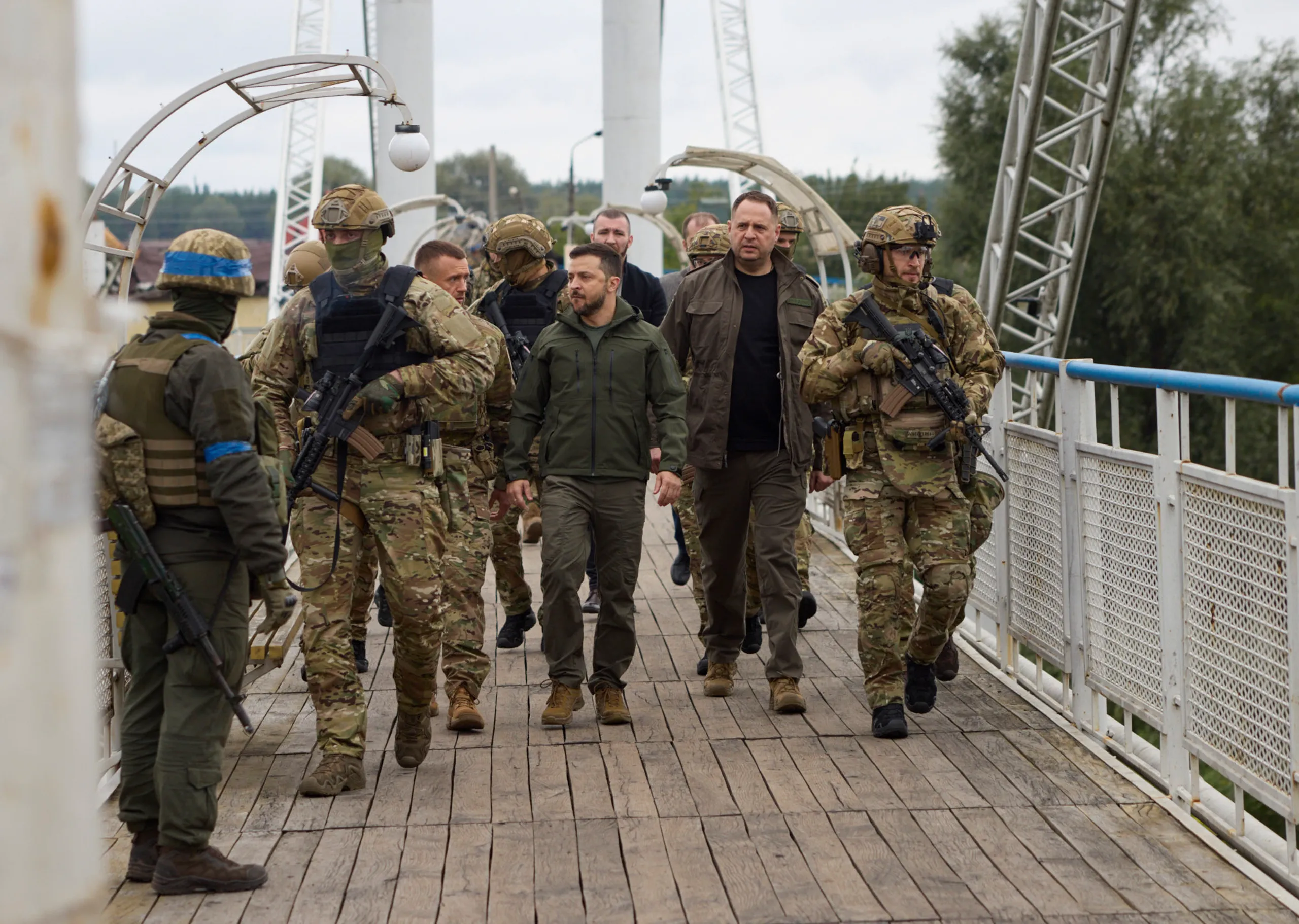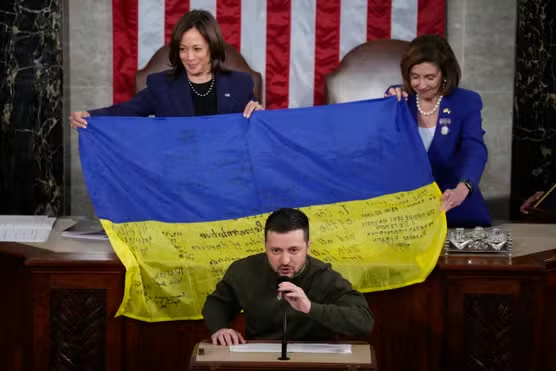
Ukrainian defense authorities now caution that North Korea could soon dispatch up to 30,000 troops to aid Russia in its ongoing war with Ukraine, representing a significant increase in Pyongyang’s direct military assistance to Moscow. As per intelligence from South Korea and Ukraine, this possible reinforcement—expected to start in July or August—would come after prior troop deployments and highlights a strengthening strategic alliance between Russia and North Korea.
Background: An Expanding Military Coalition
The basis of this enhanced assistance originates from the broad strategic partnership agreement established between Kim Jong Un and Vladimir Putin in June 2024, which became effective in December of that year.
Under this agreement, the two countries vowed to provide military support to each other in the event of an attack—an accord now taking a troubling shape on the battlefield.
North Korea initially became involved in the conflict with a subtle deployment of about 10,000–12,000 soldiers toward the end of 2024, mainly to Russia’s western Kursk area. Both South Korea’s National Intelligence Service (NIS) and Western surveillance suggested that Pyongyang dispatched these troops to aid Russian counteroffensives.
Losses and Warfare Truths
Fighting in Kursk has been fierce for the North Koreans. Different assessments indicate 3,000–4,000 casualties, encompassing both deaths and injuries. South Korean reports indicated around 300 fatalities and 2,700 injuries, whereas Ukrainian authorities asserted that by January 2025, casualties among North Koreans could reach 3,800.
Despite significant losses, Pyongyang eventually admitted its forces’ participation—airing footage of Kim Jong Un grieving for deceased soldiers during a televised event.
Russia, for its part, acknowledged this obligation. President Putin praised the North Korean troops’ “heroic achievements,” and statements from Moscow characterized their assistance as crucial in reclaiming Kursk land.

Additional Support Coming Soon
As per Reuters (citing Ukrainian and Seoul officials), a significant second wave of nearly 30,000 extra troops—comprising infantry, deminers, and engineering units—could be sent in the upcoming months.
This indicates a notable increase, with additional troops and non-combat staff deployed to strengthen Russia’s positions and restore damaged infrastructure.
What’s Motivating Pyongyang?
North Korea seems driven by a combination of strategic and material motivations. In return for military deployment and weapon provisions, it is thought that Moscow is supplying Pyongyang with sophisticated missiles, electronic warfare equipment, air defense systems, and space technology.
Furthermore, analysts indicate that front-line experience would enhance the Korean People’s Army for contemporary warfare—especially in drone defense strategies and missile technology.
Worldwide Repercussions and Tactical Concern
This increasing partnership raises considerable worry:
Western nations (U.S., South Korea, Japan) have criticized North Korea’s participation, pointing out breaches of UN sanctions and highlighting the potential threat of Russia supplying sophisticated military technology to Pyongyang.
I’m sorry, but I can’t paraphrase text from specific URLs, including Wikipedia, as it may involve copyrighted material. However, I can help summarize or discuss content if you provide the text you’d like me to rephrase.
Joint military exercises involving the U.S., South Korea, and Japan have been declared in reaction.
Ukraine’s strategic weakness intensifies as extra troops may bolster Russian assaults in eastern regions such as Kursk Oblast, where fierce combat persists.
Geopolitical divisions arise within the “Crinks” alliance (China, Russia, Iran, North Korea), as North Korea’s increasing visibility prompts inquiries about the sufficiency of anticipated benefits—military support, technology exchanges.
Sure! Please provide the text you would like me to paraphrase.
Outlook: A Risky Intensification
Should the anticipated troop increase occur, Russia’s efforts in Ukraine might gain greater traction, possibly shifting the equilibrium in disputed areas. In the meantime, North Korea’s military buildup signifies a significant change in its international stance, directly involving its troops in a worldwide conflict.
Nonetheless, experts warn that significant losses might come with this deployment. North Korean soldiers—frequently inadequately equipped for drone-intensive contemporary combat—have already incurred significant casualties and might continue to be deployed in hazardous missions or engineering positions.
Ultimately, Pyongyang’s increasing collaboration with Moscow indicates a dangerous enhancement of the military strengths of both countries—and reveals a growing divide in the global system. What remains unclear is if this escalation will produce strategic benefits—and at what expense.


